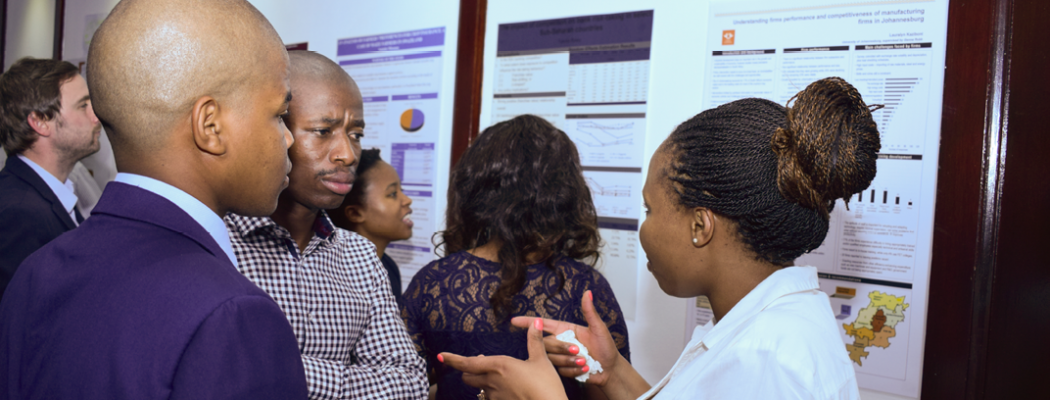New research sheds light on the Gender Pay Gap in South Africa
A new paper from the SA-TIED programme by University of Cape Town researcher Jacqueline Mosomi was the subject of an article first appearing on BusinessLive. The work sheds light on the difference between what men and women earn in South Africa — the Gender Pay Gap — and how it has evolved over time.
While the difference between what men and women make has fallen dramatically in the years since the end of the apartheid system, men still make significantly more than women do. The study reveals that this is somewhat true of salaries and hourly wages for men and women working in the same jobs, very true on average, and especially true for men and women in high paying jobs with the largest difference being in lifetime earnings. The article 'SA's gender pay gap shrinks dramatically' by Carol Paton credits some of the South African government's recent policy changes for the decline in how much men make compared to women among the bottom half of earners, which has fallen from 60% to 7% between 1997 and 2014. Notably, the passage of a national minimum wage law increased earnings most for women workers and the Employment Equity Act has also improved the salaries of women relative to men.
In spite of the progress, the article reports, "women remain underrepresented at senior levels and occupy jobs that are lower paying" even though they are more highly educated. Furthermore, "men still earn 23-35% more than women" for workers at the median of the earnings distribution.
Click here to read the whole story
This story is based on SA-TIED Working Paper #31: Distributional changes in the gender wage gap in post-apartheid South African labour market by Jacqueline Mosomi.
Click here to download the paper

